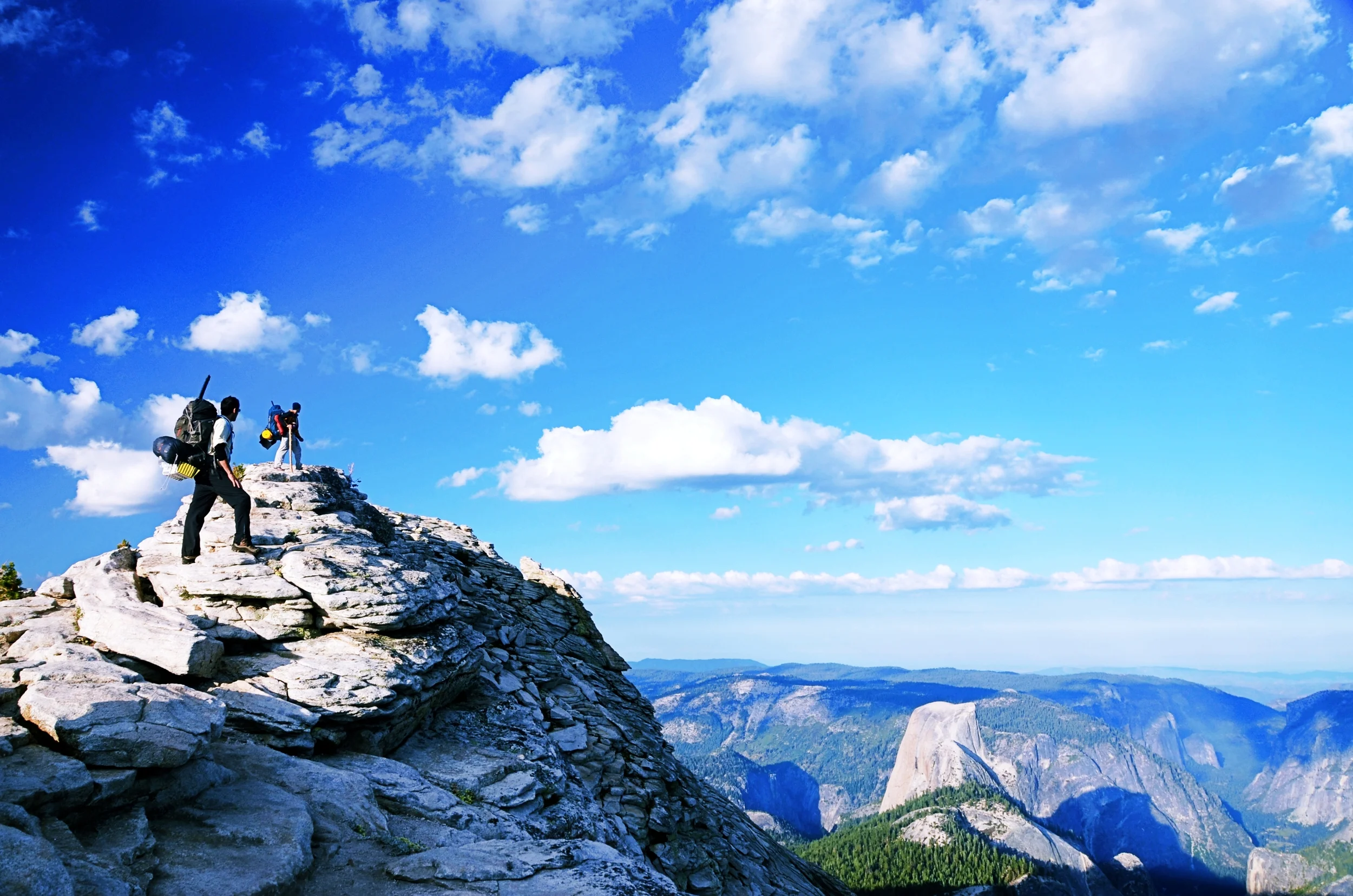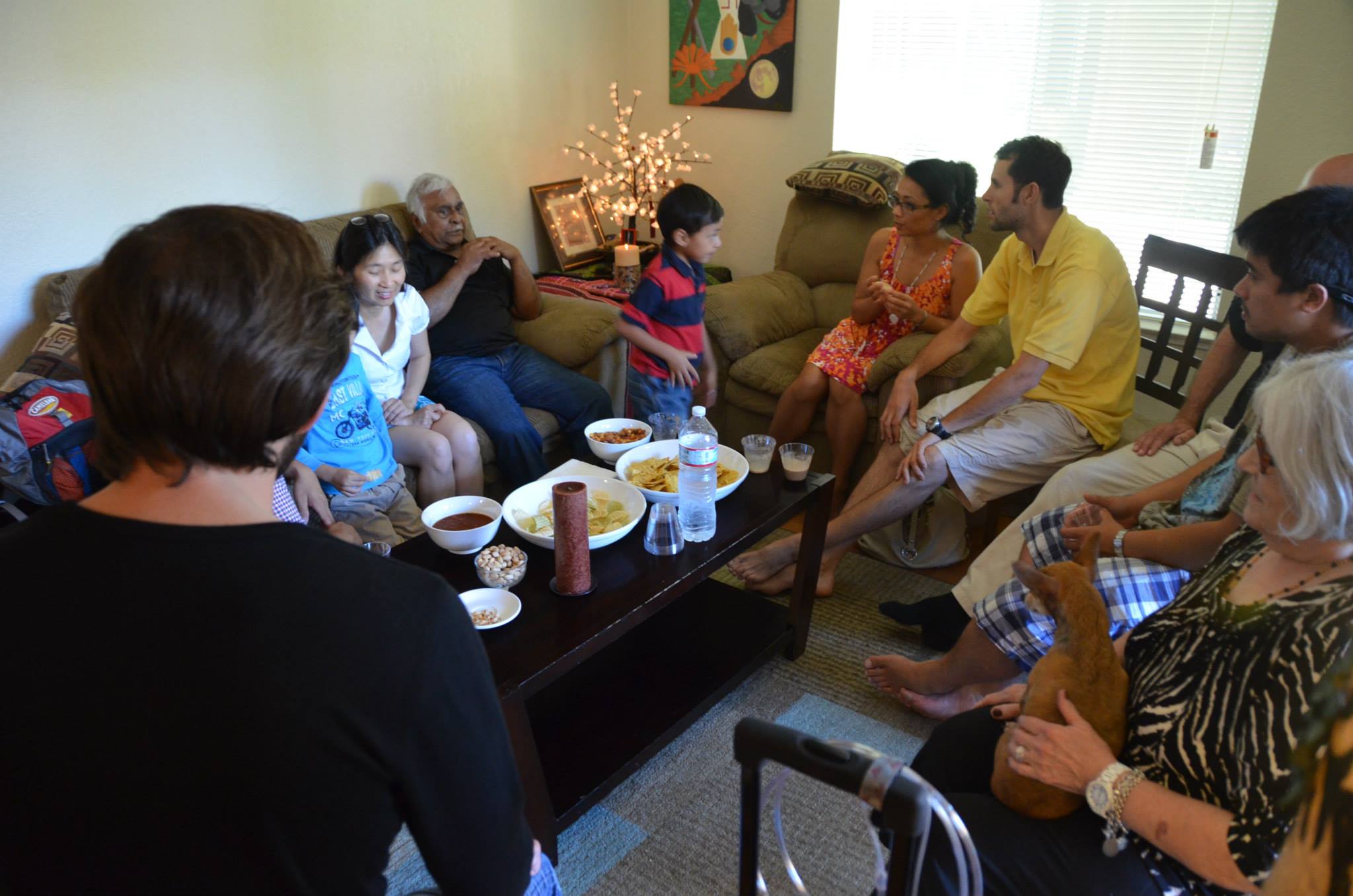
A recent video of a 7 year old “karate Master” has been making rounds. A friend posted it, another sent me a link and then a student sent me the same link. My student’s note also said how amazed and envious he was of this “young master.” I decided to engage, and either be educated or perhaps shed light on the subject of mastery.
My flight was delayed a few hours, so wanted to invest this time wisely. Made a few phone calls and finally called my student who sent me the link. And after the usual pleasantries we got into the 7 year old karate master.
“She is so impressive Sensei, makes me very envious” he exclaimed with true admiration in his voice and he continued “don’t you think she is great?”
I paused for a second as the line at the airport Jamba Juice inched forward “What I think is that people posting this nonsense at best are doing the kid and the arts a great disservice and are grossly misinformed, and at worst are sheer liars.“ A few heads in the line turned trying to access what’s going on. I smiled and waited for a response.
“What? You mean to say she is not good? Look at her kiai and the picture perfect kicks. Sensei, perhaps you are being too harsh.”
“Does she look impressive – Yes! Does she understand what she is doing – I highly doubt it. And is she displaying mastery – Absolutely NOT. What I am saying is you are mixing a good performance of some coordinated moves – in this case a Kata (could have been a dance) with mastery.” I said, and continued looking at the options at Jamba Juice somewhat amazed at how mainstream juicing seems to have become, They have at least 10 juices (not smoothies) though quite expensive.
“hmmm, I don’t know Sensei, it still looks like she has mastered those sidekicks which are my big struggle. Look at how her leg snaps in and stays in the air” he continued to idolize her form.
“Her form looks good, no doubt, but is it functional?”
“She is too young to test it out Sensei, if that’s what you mean.”
It was painful waiting behind this blonde as she wanted all details of the in/organic, sugar content, juice v/s smoothie details from the young cashier. I was grateful to be having this conversation to keep my calm, “So what she has doing is a battle form, passed down as crystallization from an old master. And while she seems to appear all powerful doing it, does she have the understanding and strength to make it functional? I would say NO!”
“But she looks powerful and would be a great ambassador for martial arts, I think” he said hesitantly.
“Maybe or maybe not, just because she looks good does not meant she should have the center stage” and as I sad this, the blonde turned around and gave me a look. I smile and continue my conversation “looking good should not be the reason one should be given the center stage. This only makes them feel entitled, and is the absence of humility. True humility is also the hallmark of mastery.” And at this the blonde turns around and says “excuse me.” And then I realized she thought I was talking to her/about her, and told her, to take her time as I was enjoying my conversation with a friend. I could tell she was not used to being ignored - She frowned and got back to taking her time to order the perfect juice or give the appearance of it.
“Let me ask you this question, would you say she stands a chance defending herself or transmit this knowledge to the next generation. Do you think she would be better ambassador as you say, to an art or someone like say my Sensei?” It was a trick question but wanted to get into the heart of the matter. I now paused, and looked at the Blonde girl ahead of me trying to decipher her decision strategy and let the pause work on the mind of the student. She turned around again; I smiled and asked if I could help her choose? She says no thank you and finally orders an orange juice. 10 minutes to get to an OJ. I quickly ordered a green citrus juice for lunch, paid the $4 and get back to my call.
“So you want to study with her?” I continued
“Err no sensei, that’s not what I meant.” He protested
“I know, am messing with you but hoping that we both learn something in the process. She looks good doing a performance. But that’s not mastery. To me mastery is a lifelong striving, not a performance. Mastery is the ability to absorb, integrate, transform and transmit a particular intelligence. Here we are speaking about martial arts. So mastery is the ability to quickly ABSORB (learn the material), then INTEGRATE (meaning make it a part of your very being), TRANSFORM (bring your own expression of it, and have the knowledge change you as well) and finally have the ability to TRANSMIT (teach this to others elegantly) this martial knowledge. Mastery is the ability to keep shrinking this cycle with every new learning. That is MASTERY! You feel me?” and I walked and picked up my green juice, which magically showed up before the Orange Juice for the Blonde. She displayed her anger and asks the lady behind the counter why is her order not out yet even though she ordered before me. I could not contain myself, I blurted cheekily “Know what you want, go for it, and move on.” And I walked away to get back to my conversation on mastery and have my green lunch.
“I understand Sensei mastery is process and not a destination. And appearances can be deceiving.” I could hear him be precise in how he now communicated. He continued “How do you define mastery in when there are so many forms and so many expressions of the art Sensei? I tend to get lost in all the forms that exist, leave alone know who true masters are”
“Think about it this way – draw a two by two matrix. On the x axis have old and new, and on the y axis have form and function. So what you have is 4 boxes – old form, old function/application, new application and new form. Now you have people who have made religions of each of these our boxes, and see them as mutually exclusive. The old form people claim to preserve the way things were done for example during the 1500s. The old applications have found their niche is being the bunkai or applications experts. They tend to look for secrets in how the forms were applied back then; you will see this in the Dim Mak or Pressure point experts/seminar circuit. The new applications box is filled by personal combative experts who will help you draw your own best way to respond to situations. And the new style box is essentially a set of personal combative methods that are becoming established as a style.” I paused, and drank my juice as I checked the flight status. The flight was delayed another 2 hours. Oh well!
“I think I am following you Sensei, so there are 4 ways of doing MA, and you can have mastery in each box?” he enquired.
“No – to the contrary, these are four boxes to understand phases – though IMHO people overspecialize and get stuck in a stage. To me the old form box is about ABSORB the knowledge – be it a set of forms or ways of doing your strikes. The next box of Old function/applications, one learns how those moves were used by old-time warrior or teachers. This is INTEGRATION of the knowledge, and as you gain proficiency in this, you start to make new connections. And your own genetics and personal learnings start to inform your own new interpretations – this takes you to the third box of New function. You find to ways to adapt and bring your unique expressions to the moves, styles etc – to me this is true TRANSFORMATION. Finally as your expression finds more ground, and people start wanting to learn how you do it – you begin to teach this and gain a small following. This is TRANSMITTING of your truth. A new way of doing things emerge. “
I walked around the airport to find a place to sit, and noticed quite a few people were getting agitated with the delayed flights. I found a quiet corner, booted my laptop. I wanted to give the student a few moments to absorb this and waited for him to say something. Things had begun to click for him, and he said “aha it makes sense – so you are saying that mastery is process, it’s almost cyclical. You may start in an old style like ours, and learn the applications. Over time I may find new ways of doing things based on the same principles. And then I share that with others, we might find a new style of doing things. So this is mastery – a whole cycle.”
“Yes, to me this is the cycle, and when the new findings infuse the old ways as well, the new ways becomes standardized. Think about JKD – Bruce Lee started this as a personal expression, over time it became a style of sorts, and now is almost a system. You tend to hear things like SIgung Bruce or Guro Inosanto does this etc. In other words, new becomes old and old becomes new. This is the cycle. All personal expressions that made sense /survived became systems. And new teachers came along infused old systems and created new styles. This will go on forever. “
Another 90 minutes before I fly to the Sin City. My old-time student was excited at learning this. And in this discussion I opened up new distinctions. To sum it up – true mastery for me is the ability to Absorb, Integrate, Transform and Transmit elegantly. And as mastery increases the time between absorb and transmit shrinks drastically. I signed off with the student, read a novel for a while until it was time to board the plane. Once boarded it was time to capture this conversation for some other students along the way. And the seat next to me was now to be occupied by the same Blonde who was agitated with me throughout. This will be an interesting flight! Enough, for today.














